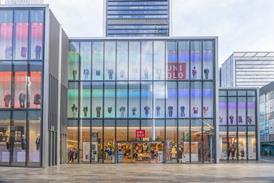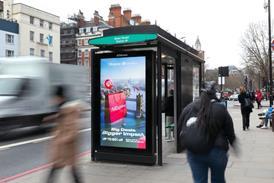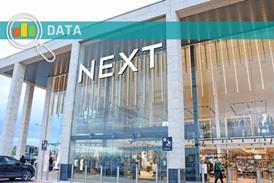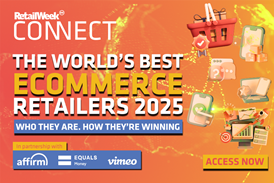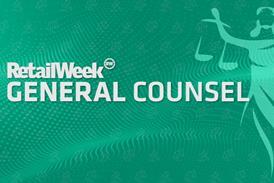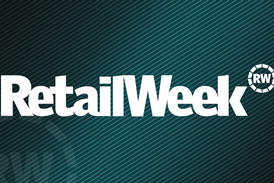
Online sales now represent 30% of total retail in the UK – a growth of 32% year on year – according to data from the Office for National Statistics released in April 2021.
However, the pandemic-accelerated shift to ecommerce isn’t simply a passing trend. Online retail sales for Q4 2021 are forecast to be just 1% less than the current rate (29%), according to consultancy Retail Economics.
To meet demand, retailers must continue to optimise their websites to attract and retain customers, and online checkout needs to be a core focus.
30% of all UK retail sales are now online
Not only are consumers expecting more from the online checkout experience, but so too are financial regulators – specifically when it comes to strong customer authentication (SCA).
A new European regulatory requirement, SCA is a two-factor authentication process designed to add an extra layer of security when cardholders make an electronic payment. By March 14, 2022, UK retailers must have integrated SCA or risk payment providers declining transactions.
So how can retailers give today’s consumers the online checkout process they expect while following the latest compliance?
Fintech specialist TrueLayer, in partnership with YouGov, recently surveyed 891 consumers from the UK and Ireland, and 350 ecommerce retailers, to uncover how consumers want to pay online and what levers retailers can pull to improve payment UX and drive loyalty. Below are a few topline findings, but you can download the full report Change at the checkout for free here.
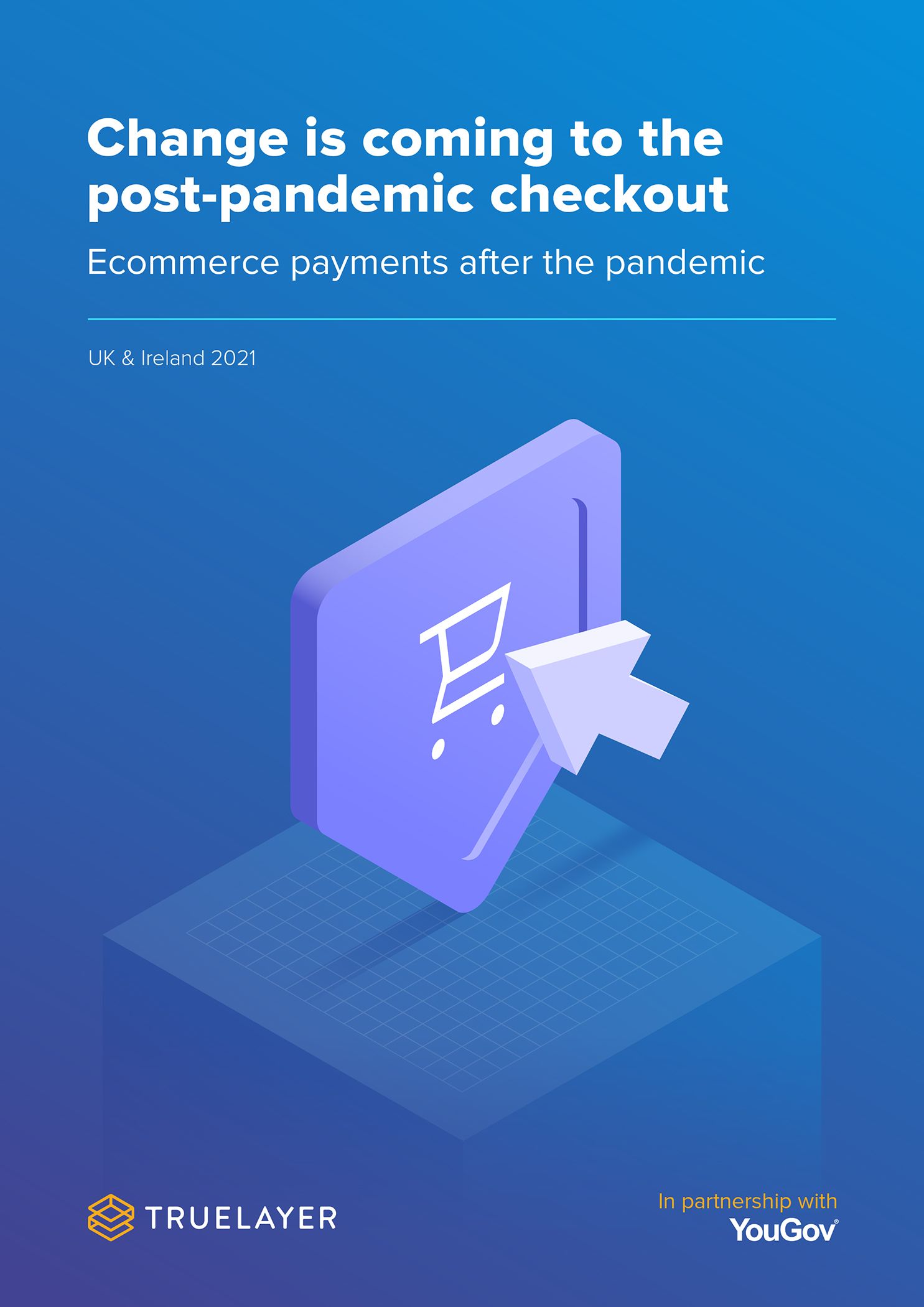
The majority of consumers still want to pay online with credit and debit cards. Half of all shoppers surveyed say credit and debit cards are their primary payment method online, rising to 63% for high-value purchases of more than £200.
However, digital wallets – such as Google Pay, PayPal and Apple Pay – are also popular. More than a third (38%) of consumers say this is the primary way they now pay online, yet shoppers are less likely to use digital wallets for higher-ticket items; only 19% choose them for purchases of more than £200.
More than one in three shoppers (38%) now pay online with digital wallets such as Google Pay and Apple Pay
Significantly, the research found that online shopping behaviour is influenced by the availability of payment options. Having access to different online payment methods was cited by 48% of shoppers as a driver for choosing a particular retailer.
Retailers are also playing to this trend. In April, John Lewis Partnership (JLP) appointed its first director of financial services, Amir Goshtai, to help it quadruple the size of its finance business by introducing new payment options, following the launch of its first ever buy now, pay later (BNPL) online offer in March.
JLP customers are now able to sign up for at least £1,000 of credit with a maximum of £25,000 for 12 months.
How are consumers reacting to emerging payment options?
Buy now, pay later
More retailers like JLP are offering BNPL options at the checkout, but are consumers comfortable using them? The results of the study indicate that they’re yet to find favour.
Only 1% of consumers surveyed say they use BNPL as their primary method of online payment, rising to just 3% for purchases of more than £200.
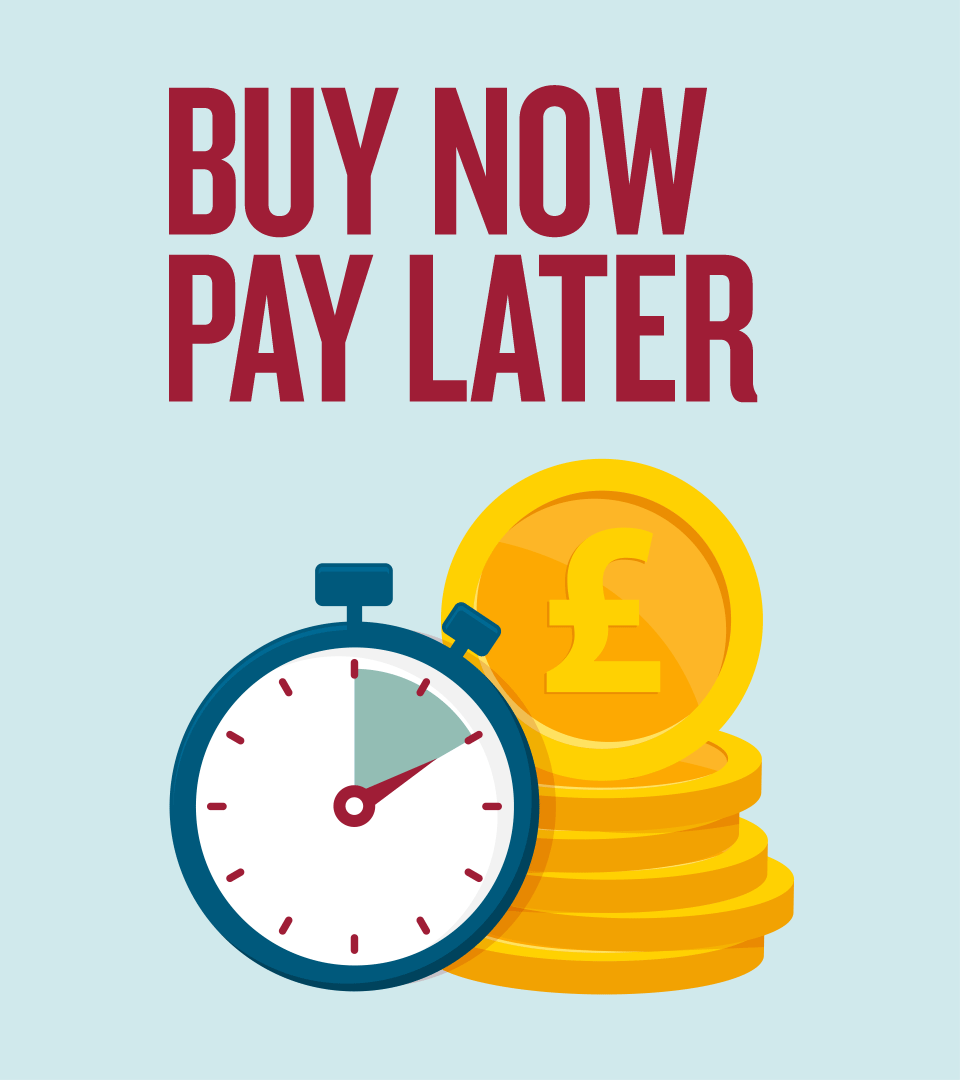
Consumer sentiment follows question marks around the ethics of BNPL. Back in February, the Financial Conduct Authority began a crackdown on BNPL companies after The Woolard Review called into question transparency and understanding among shoppers using this method of payment.
Providers now need to undertake affordability checks before lending and ensure customers are treated fairly, particularly those who are vulnerable or struggling with repayments.
Instant bank transfers
An instant bank transfer is a form of online payment that moves money directly from the payer’s bank account to the seller’s bank account, powered by open banking.
As there is no third-party payment network, funds settle into the account instantly and the payer authenticates the payment directly with their online banking app.
While only 11% of shoppers currently use bank transfer as their primary payment method online, almost two-thirds (63%) say they would be comfortable paying by instant bank transfer.
Motor vehicles, car rentals, flight tickets and sporting equipment are the types of online purchases for which shoppers are most comfortable using instant bank transfers.
63% of shoppers are comfortable paying by instant bank transfer
Keep scrolling for more insight and inspiration ⬇
Consumer concerns around retailers’ online payment security is stopping them from completing purchases.
The majority of consumers surveyed (60%) say they have abandoned an online basket because they were worried about a lack of payment security, while 8% of consumers say this happens all the time.
The enforcement of SCA from March 2022 will add an extra layer of fraud protection when consumers make an online payment and should help to allay their fears.
However, TrueLayer chief product officer Ossama Soliman says “bank implementations so far [of SCA] have been variable – with some causing [consumer drop-out at the checkout] of 20-30%”.
The challenge for retailers is to strike the right balance between authentication and seamlessness, and this comes with offering consumers methods that they’re comfortable with.
Consumers aged under 45 are more likely to choose biometrics – such as face and touch ID – as their preferred method of online payment authentication, the research found. Shoppers aged 45 and over are more likely to choose one-time passcodes and authentication via text messaging.
Two in three shoppers have abandoned online purchases because of concerns over payment security
Keep scrolling for more insight and inspiration ⬇
Refunds have long been a conundrum for retailers. In May 2020, it was estimated by Openpay that items bought online and returned in the UK were worth £5.2bn annually. The problem is likely to have been heightened by online shopping rocketing during the pandemic and consumers unable to try before they buy.
While the costs of managing online returns are high, refunds can make all the difference between a one-time customer and a repeat shopper.
The majority of shoppers (81%) now expect a refund from an online purchase in one week or less, with more than a third (39%) expecting it in less than a week.
Shoppers who regularly spend more than £50 in an online transaction are more likely to want a refund in less than a week (41%), compared with those who regularly spend less than £50 (35%).
Importantly, two-thirds of shoppers say the time taken to receive a refund impacts their decision on whether or not to shop on a retailer’s site again. This rises to 88% for high-value purchases of between £500 and £1,000.
Shoppers have high expectations when it comes to refunds and those expectations are not always being met. One third of retailers surveyed by TrueLayer and YouGov say they receive frequent complaints about slow or lost refunds, and this rises to more than half for retailers with a high average order value of more than £500.
81% of shoppers expect a refund from an online purchase in a week or less
So, how can retailers make the returns process easy for customers and drive loyalty as a result?
There’s no single answer, but the key is to combat the gap between the ease of receiving and the complexity of returning orders.
Solutions include offering doorstop collections, returns with no labels needed, free-shipping returns as standard and offering immediate refunds, for example where the payment is returned to the customer while the retailer waits for the item to be received.
Retailers should also consider which payment methods can help them to enable instant refunds. Settlement can take up to five days when using cards and can be even longer with digital wallets. Payment methods such as instant bank payments, powered by open banking, can enable instant refunds for customers, however.
Some retailers are taking more drastic measures to keep customers on side while managing the costs of shipping and handling returns.
During the pandemic, for instance, Walmart launched a ‘Keep It’ policy, which allows customers to receive an instant refund but keep merchandise it doesn’t plan to resell. The policy is determined by customers’ purchase history, the value of the products and the cost of processing returns. It has also been implemented by Amazon and Target in the US.
Keep scrolling for more insight and inspiration ⬇

Download your free copy of Change at the checkout from TrueLayer for a deeper look into the current state of the ecommerce payments landscape. Discover more online consumer payment preferences and find out where retailers like yours are feeling the most pain with existing providers.
Why checkout must change
Written by Megan Dunsby
Produced by Stephen Eddie
Designed by Sam Millard
Subedited by Rebecca Dyer
In association with TrueLayer







